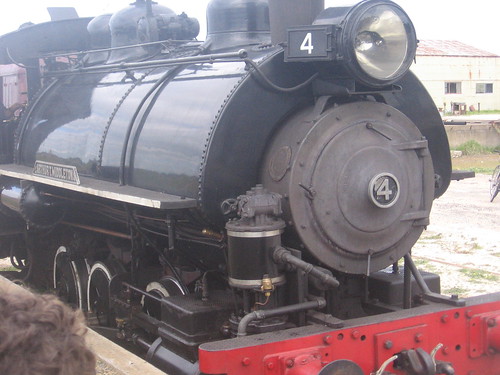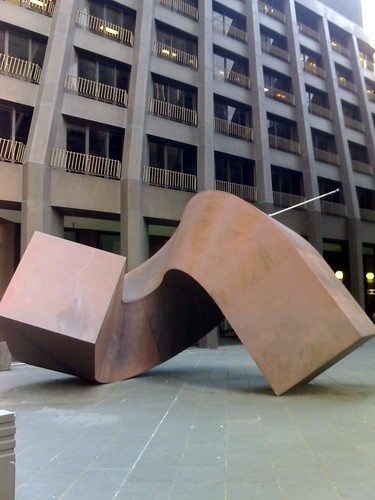Queenscliff and Point Lonsdale
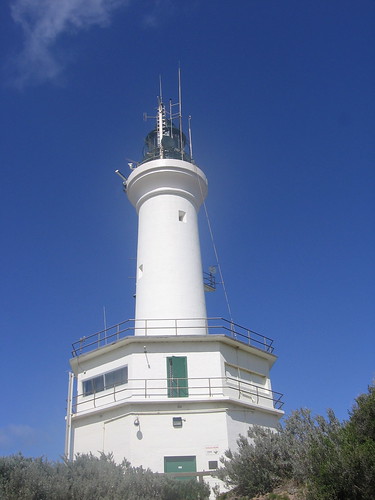
I have a thing about lighthouses, and you wouldn't believe how happy I was to see and photograph the one at Point Lonsdale. The current structure has been standing since 1902, when it replaced the wooden lighthouse that had been operating since 1863. I wonder if the wooden one burned down. The plaque didn't say.
I hope to photograph the lighthouses at Airey's Inlet and Cape Otway some day, and have a complete set of the lighthouses of the Bellarine Peninsula and Great Ocean Road.
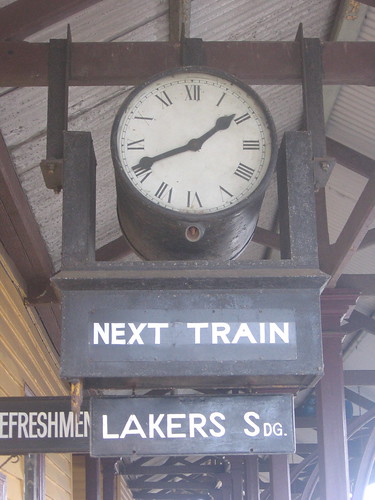 Queenscliff station is a simple, old country railway station with volunteers running the steam trains as a 'living museum', much like Puffing Billy in Belgrave and the museum at Daylesford. Lakers Siding was just a stop with just a little old post and telegraph office. But there we got to watch the train shunt around the carriages and join up to the opposite end to take us back to Queenscliff.
Queenscliff station is a simple, old country railway station with volunteers running the steam trains as a 'living museum', much like Puffing Billy in Belgrave and the museum at Daylesford. Lakers Siding was just a stop with just a little old post and telegraph office. But there we got to watch the train shunt around the carriages and join up to the opposite end to take us back to Queenscliff.We also visited the Queenscliff Marine Discovery Centre, which is a marine research and education centre run by Victoria's Department of Primary Industries. They don't have an extensive public exhibit, but we got there just in time for the floor talk and feeding time (the creatures are fed on Mondays, Wednesdays and Fridays). It was a really good way to see some of the marine life of Port Phillip Bay, including sea horses, sea cucumbers, scallops and such, and for the kids and adults to learn of the impact of litter, plastics and other acts of human inconsideration on marine ecology and sea life. We also got to touch the seastars, hermit crabs and other hardy creatures in the touch tank.
We stayed at a self-contained holiday cottage on the grounds of a B&B in Wallington, set in a mix of bushland and farmland. It was quite easy to get to from the Bellarine Highway, which was amazing because dotted around the property were these amazing, massive and ancient grass trees.
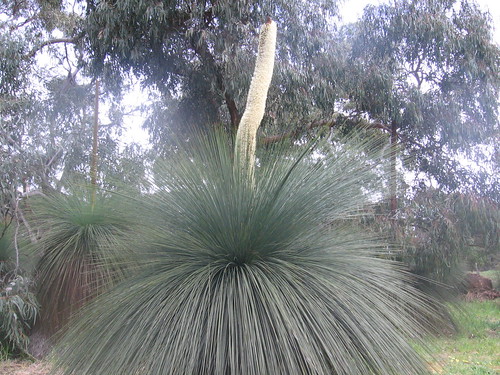 You could tell they were old because they are very slow growing and many had tall trunks and even taller central floral spikes. The one above didn't have half as tall a flower spike, but it was stunning and in blossom. This was pretty much the view from the kitchen window whenever I was at the sink:
You could tell they were old because they are very slow growing and many had tall trunks and even taller central floral spikes. The one above didn't have half as tall a flower spike, but it was stunning and in blossom. This was pretty much the view from the kitchen window whenever I was at the sink: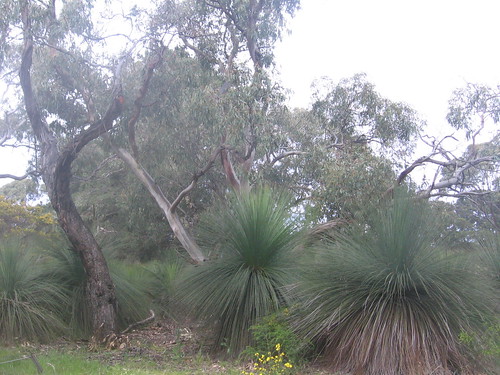
You can find more of my Queenscliff holiday photos on flickr.
Labels: Australia, children, family, holidays, joys, photos, travel
Read more!

